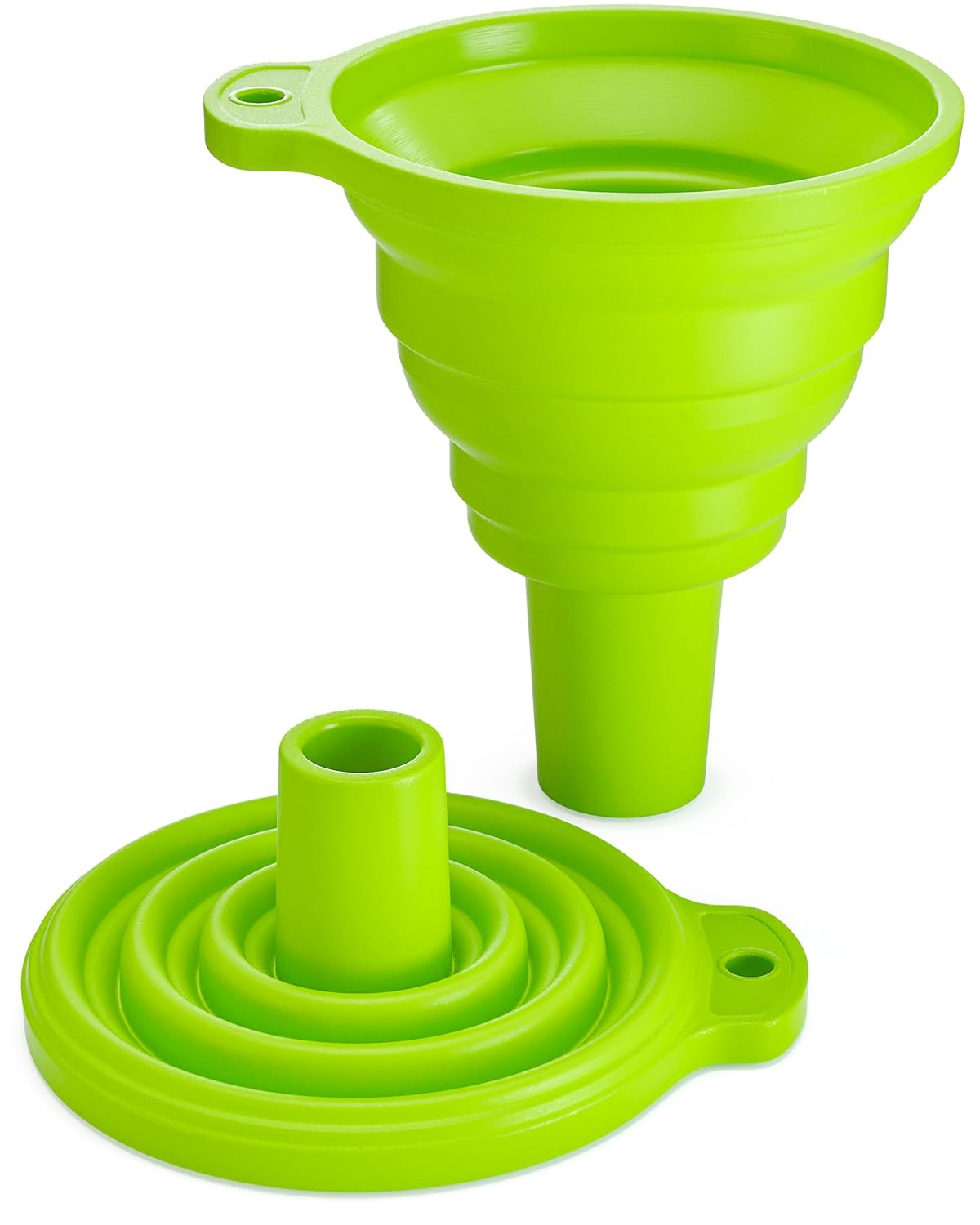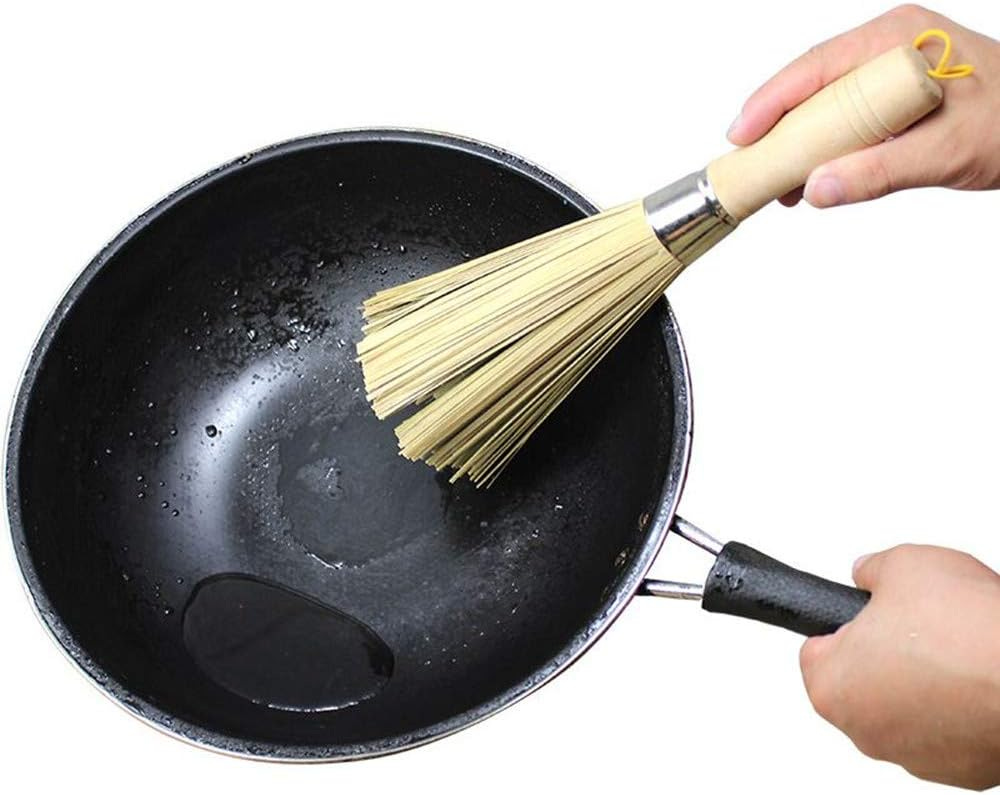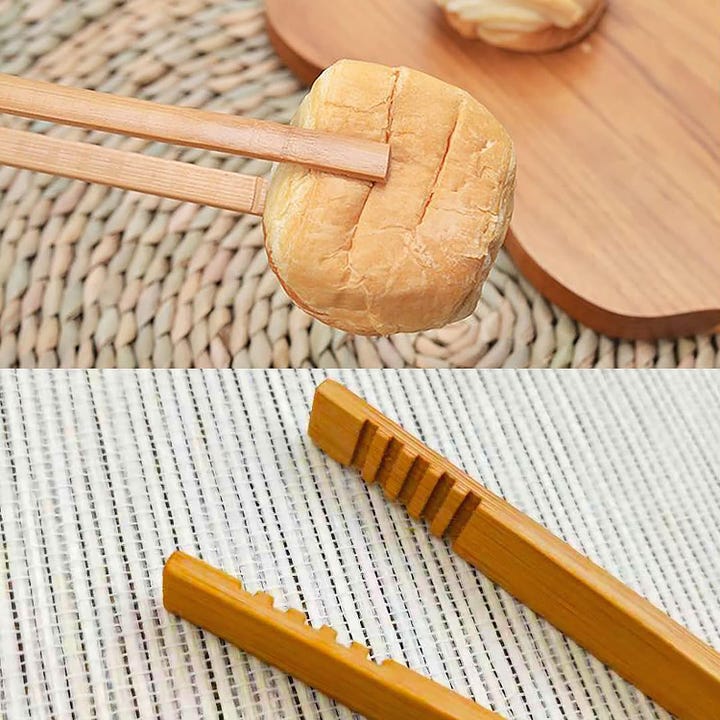Building a “Fractal Chair” from a 1913 patent
Gar's Tips & Tools - Issue #163
Gareth’s Tips, Tools, and Shop Tales is published by Cool Tools Lab. To receive the newsletter a week early, sign up here.
– Send me a tip or tool recommendation.
–Tell me a shop tale.
-Buy my books (Tips and Tales from the Workshop Vol. 1, Vol. 2).
–Advertise your product, service, newsletter, app, book, tool, or anything you’d like to share with GT&T readers.
Building a “Fractal Chair” from a 1913 patent
Several years ago, YouTuber Eric Tozzi of Hand Tool Rescue lit up the maker internet with his introduction and restoration of the “intimate contact vise,” a rare 1913 vise for “obtaining intimate contact with, engaging, clamping bodies of any shape” [see Patent here]. Eric dubbed it the “fractal vise.” Since then, dozens of makers have created 3D printable versions and versions made from various other materials. And these vises are now available for purchase via Alibaba and elsewhere. In this video, Eric reveals that the 1913 patent holder also submitted a patent for an…um intimate contact chair. So, of course, he needed to try and recreate one. Will it turn out to be the mother of all butt-pinchers? Tune in and find out.
Getting Your Electronics Projects Onto the Internet
In this video from Becky Stern for Digi-Key, she looks at the different options available for getting your microcontroller project connected to the internet. She runs through some of the different microcontrollers you can use (ESP8266, ESP32, Arduino, Particle, Pico), cool projects you can connect to (like Cheerlights), cloud services for visualizing sensor data, including Arduino Cloud, Adafruit IO, and ThingSpeak, and more. Connecting an electronics project you made to the Big Wide Muddy of the global internet carries a unique little thrill (beyond the project’s utility). If you’re new to the Internet of Things (IoT), this video is a great introduction to connecting your projects.
Making Carving Tools from Old Bandsaw Blades
Bumped into this on Instagram.
“Price: Low to High” is Your Friend
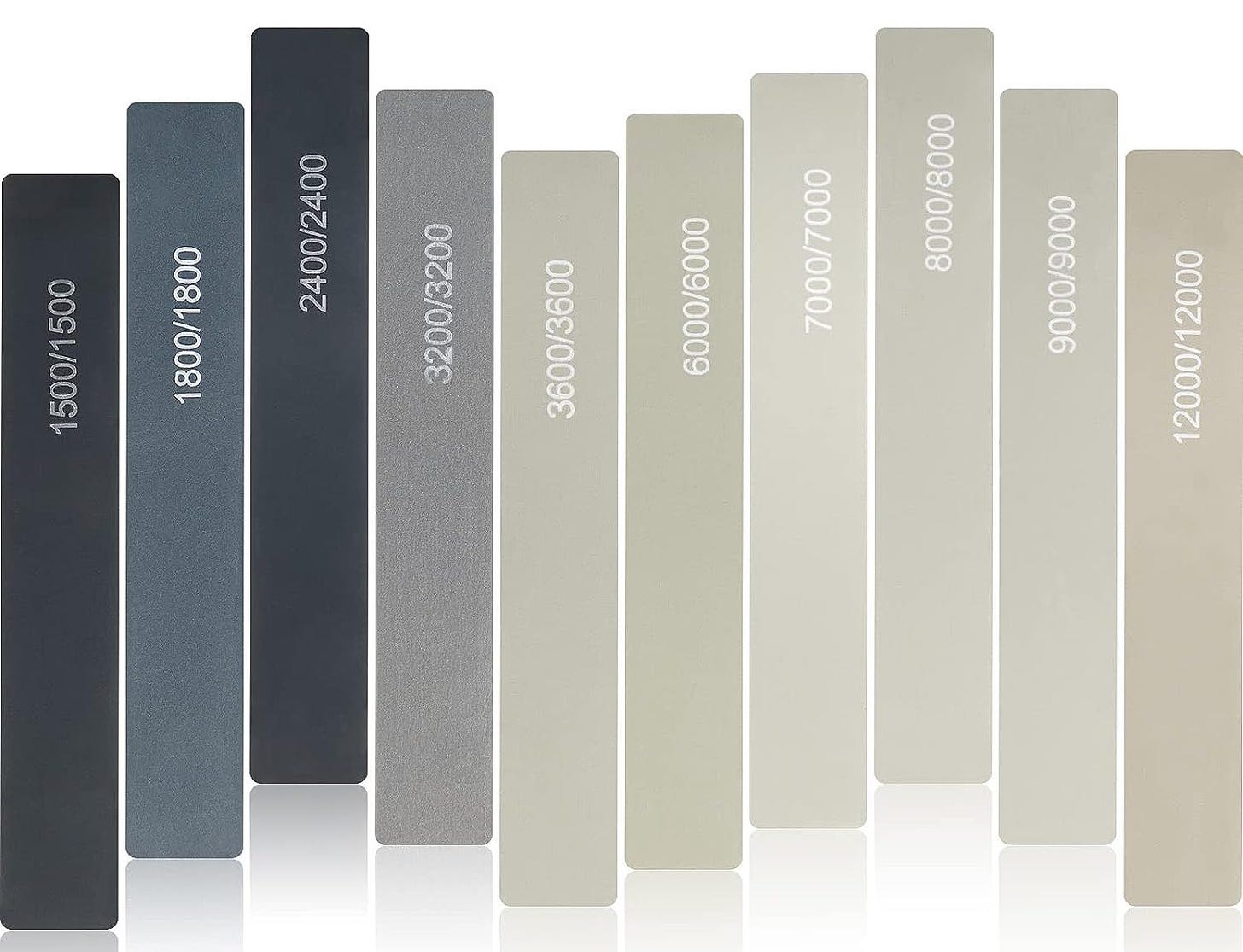
Several years ago, I ordered a set of 5 “premium” hobby sanding sticks for $14 on Amazon. I’ve used them for years and they’ve served me well, but the commonly-used sticks are now bereft of grit. I was about to order a new set when I decided to look and see what other product options were available in the sanding sticks category. I started by selecting “Price: Low to High.” I found a well-reviewed set of 20 sticks for $7.50 (that’s .38 instead of $2.80 per stick). I bought them and they’re great. Perfect for what I need (I use them for working with styrene) and for a lot less money. So, the next time you go to buy something on Amazon, don’t forget to organize your search low-to-high (and then choose the highest-rated, lowest-priced item that looks like it will serve your needs).
The Tool on Wire Strippers You May Not Know About
On See Jane Drill, contractor and DIY educator, Leah Bolden, points out a feature on most wire strippers that some makers may not know about. Right near the hinge of the tool are often found two (or more) bolt shears for common-size bolts (e.g. 6-32 and 8-32). Leah shows how to properly use these shears to remove the excess length but maintain the precious threads.
Shop Talk
Our friend Federico from wolfCatWorkshop sent in the following:
A couple of things I wanted to send your way:
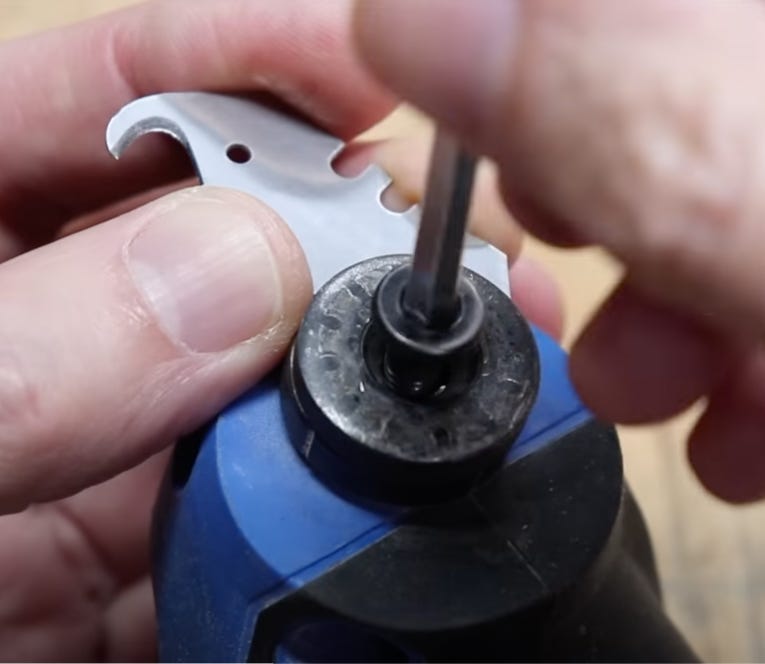
- I’m intrigued by this “hack” of putting a hooked blade on an oscillating tool. Seems really cool. Haven’t tried it, but it’s been on my to-do list for a while.
[I actually included that in my Tips book (Volume 2). I’ve never tried it, either, but I trust Chris Notap to be a very reliable source of real, non-gimmicky tips. – Gareth] - I recently fell in love with the Workshop Companion YouTube channel, and I’m surprised I’d not found it before. His presentation is really clear and funny (in a good way) and the occasional appearance of the dog is super charming. Two videos that I loved were the bandsaw magic technique and “concealed hinges 101.” The latter is a really good intro to those fancy hinges and made me want to incorporate them into a project of my own.
- Also, this is a comment/plug as I made this video… I’ve been pondering about beginners learning CAD and an idea I came up with recently was using Ed Emberley’s drawing books (from the 1970’s!) to start getting familiar with the interface. I wonder how people jump from using a pencil on paper to using a mouse and a screen to make things. It’s not necessarily a natural progression for a lot of us.








